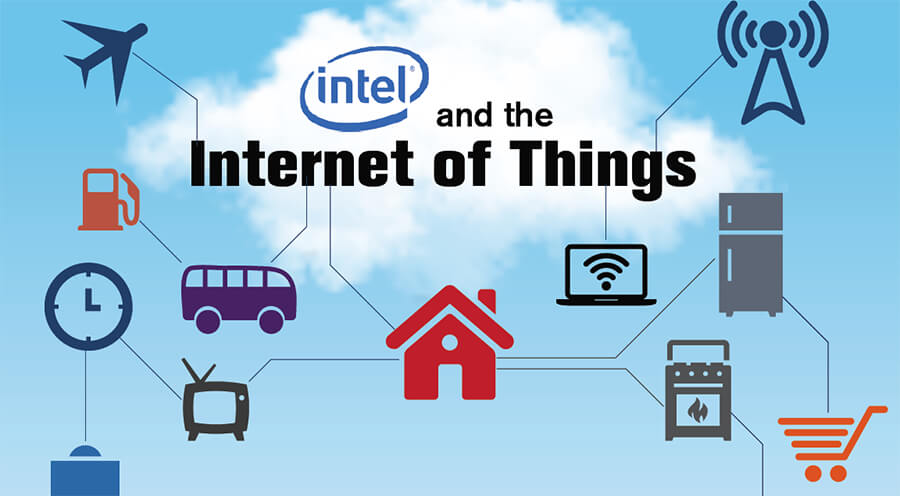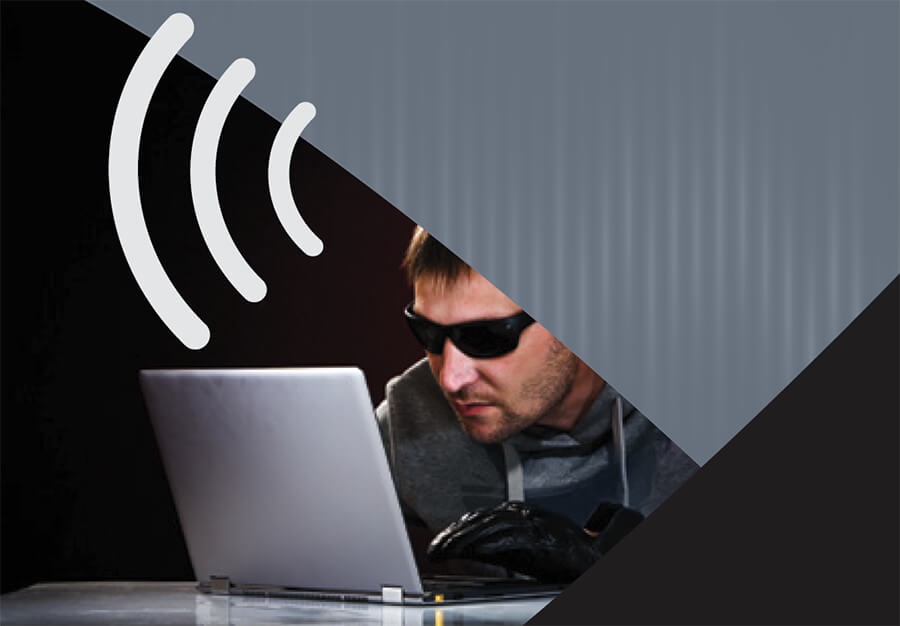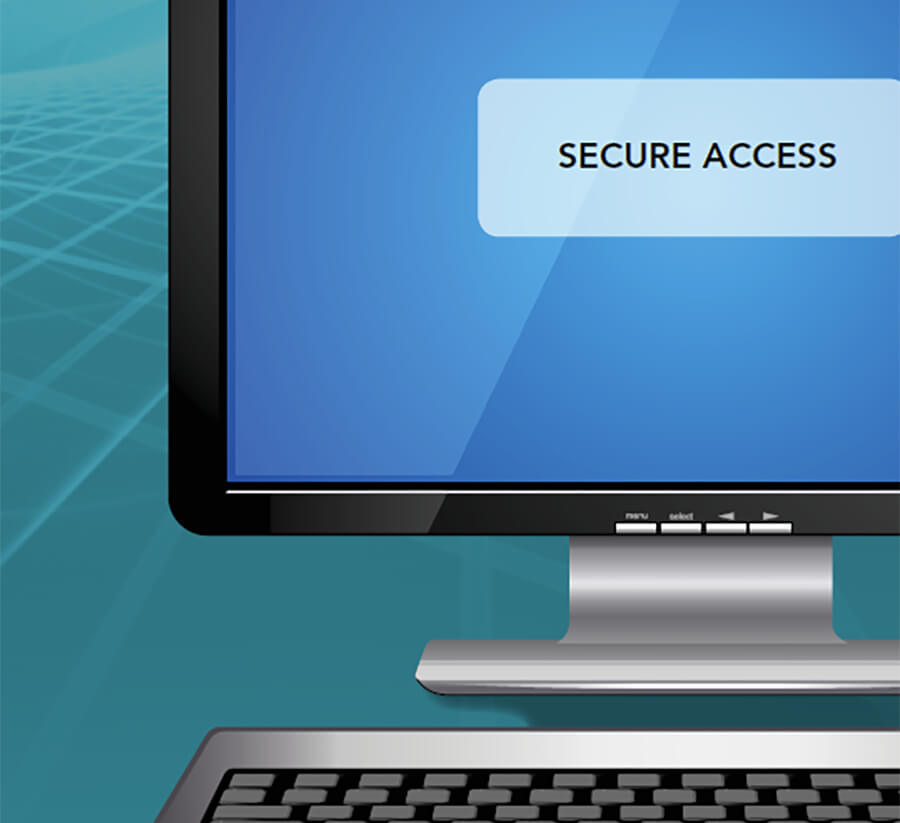Education
DEVELOPING CYBER SKILLS WITH PUZZLES AND HACKING CHALLENGES
Author(s):
Nikolas Roby, Security/Defense Research Analyst, Parrot Labs - KEYW Corporation
I meet a variety of people trying to enter into the information security and forensics fields. Many of them come straight out of college and have a great deal of theoretical knowledge, but often lack any real world skills. Unfortunately, to gain these skills you need to work real world scenarios, which are hard to … Read more










